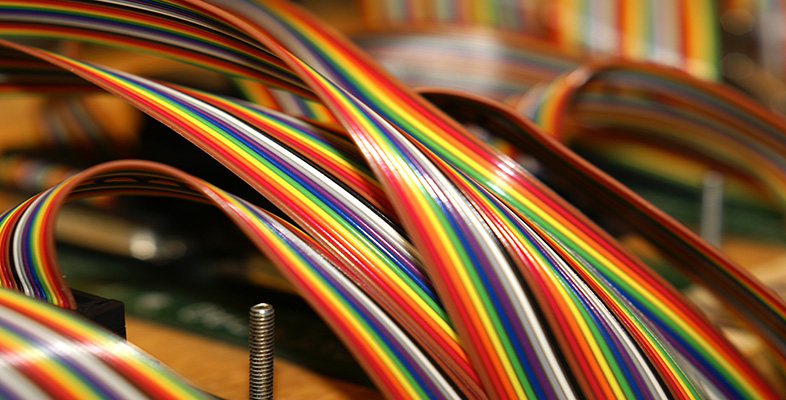16.6 Pricing and stock control
A supermarket has a large database of information about its goods, such as the name, price, size and quantity held in stock.
If the price of a particular item changes, the relevant data in the supermarket's database can be easily updated. When the bar code for an item is scanned, the checkout computer searches the database for the item and retrieves the new price. Because the checkout computers are networked, they all use the same data on the database server, so it is not necessary to change prices on individual checkout computers.
Once goods have been sold in a branch, the database is updated. If, for example, you buy a box of your favourite breakfast cereal, the entry in the database for that particular item is decreased by one. When stock levels are getting low, the supermarket can quickly restock its shelves and reorder goods where necessary. The database can then be updated with the new stock levels.
Data about your purchases, and other people's, can be stored in the database and manipulated so that the supermarket knows what sort of goods people buy in that particular branch. The supermarket's management team can use this information in making decisions about which products to stock.
